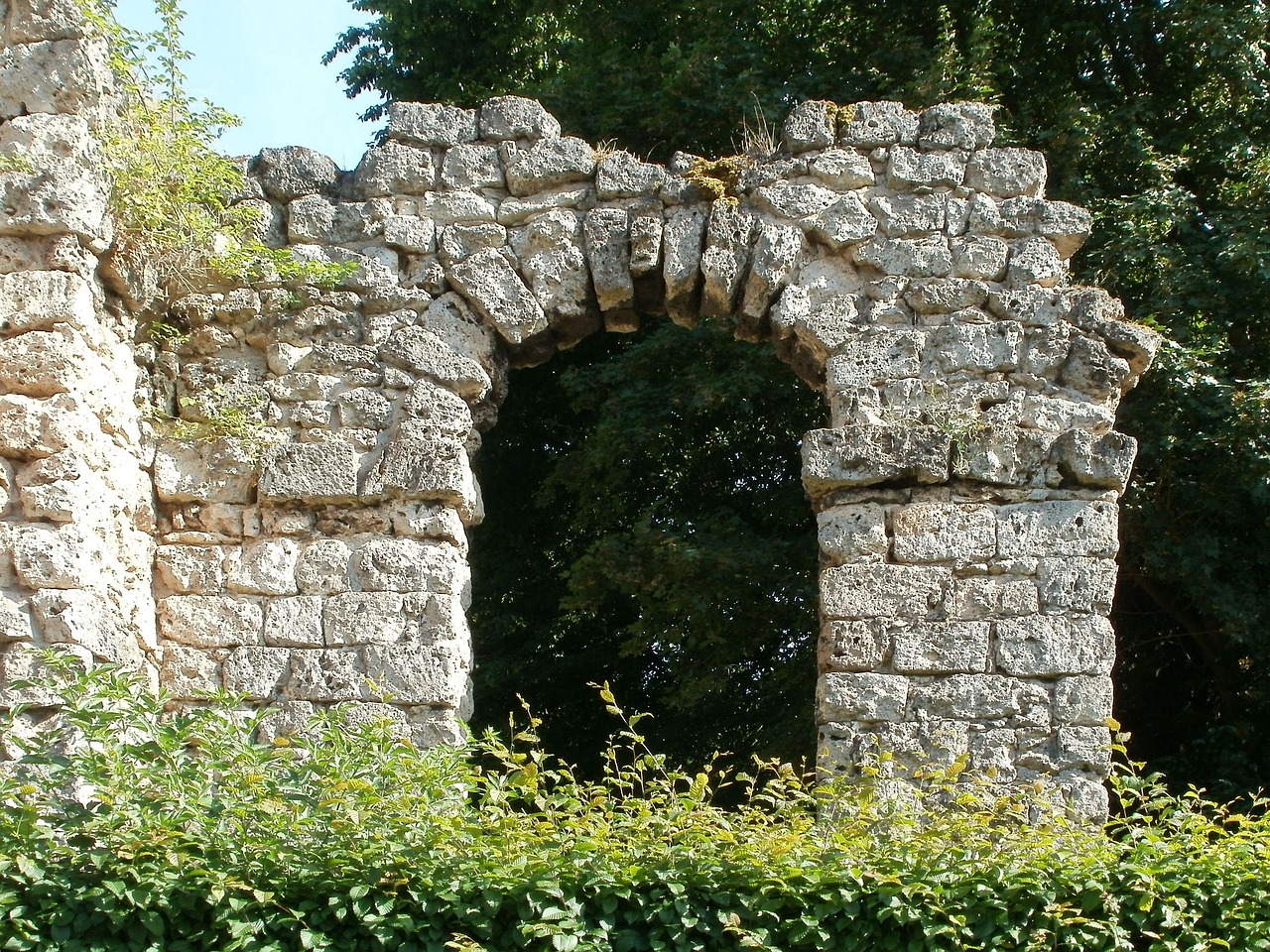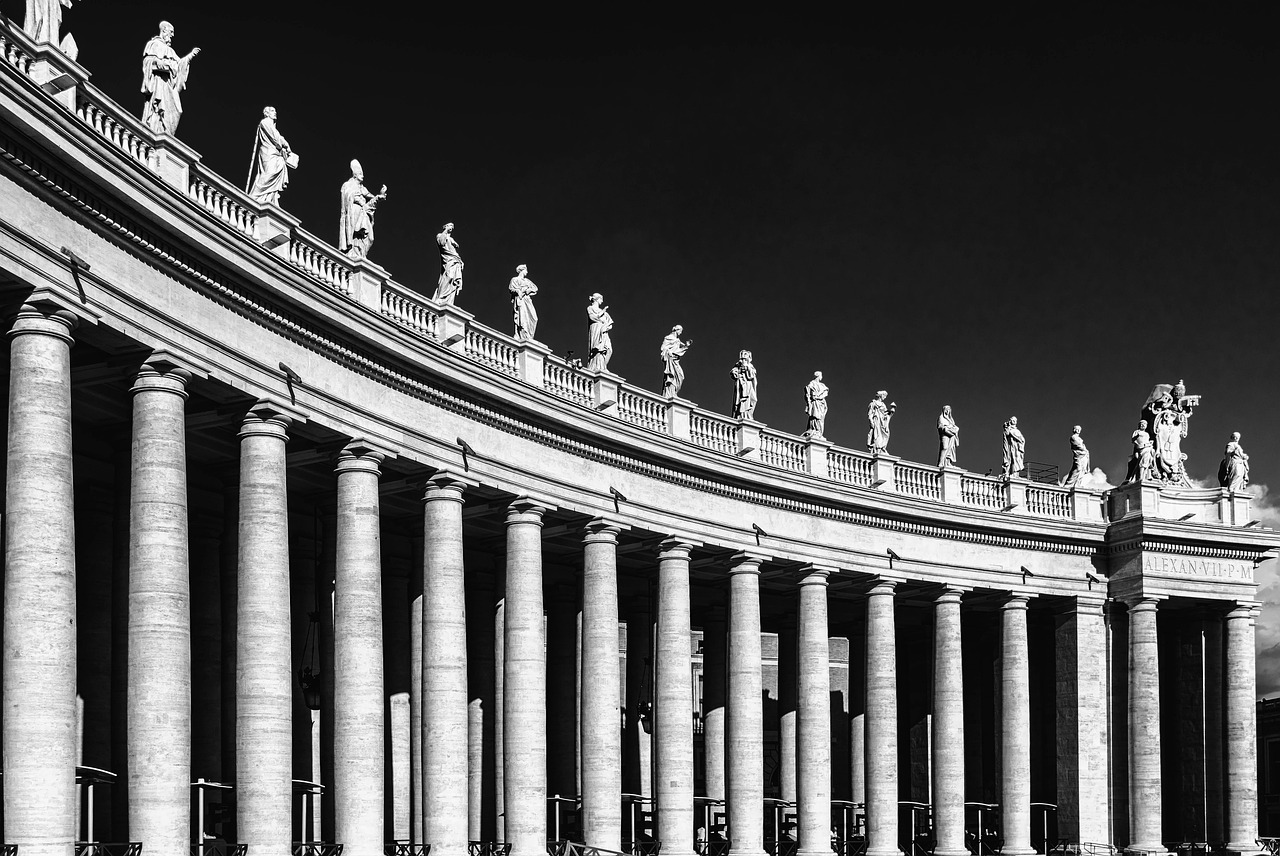The Discovery of the Ancient Roman Bathhouses
Imagine stumbling upon a hidden treasure trove that unveils the secrets of a bygone era, where ancient marvels await to be rediscovered. The discovery of the ancient Roman bathhouses is a journey back in time, a thrilling adventure that unravels the mysteries of one of the most iconic aspects of Roman civilization.

Introduction to Roman Bathhouses
Roman bathhouses hold a fascinating glimpse into the ancient world, serving as more than just places for bathing. These structures were integral to Roman society, embodying a unique blend of architecture, social interaction, and cultural practices. The bathhouses were not merely utilitarian spaces for cleanliness but also hubs of communal activity and relaxation.
Imagine stepping into a Roman bathhouse, surrounded by intricate mosaics, grand columns, and the sounds of flowing water. It was a place where people from all walks of life converged, setting aside their differences to enjoy the rejuvenating waters and engage in conversations. The bathhouses were truly melting pots of Roman society, where social hierarchies blurred, and individuals found common ground in shared experiences.
Moreover, these structures were architectural marvels, showcasing the engineering prowess of the Romans. From sophisticated heating systems to intricate plumbing networks, Roman bathhouses were at the forefront of technological innovation in their time. The attention to detail in their design and construction reflected the importance placed on communal well-being and leisure.
As we delve deeper into the world of Roman bathhouses, we uncover not just physical structures but also a window into the daily lives and values of ancient Romans. These spaces were more than just places to cleanse the body; they were sanctuaries for the mind and spirit, where individuals could escape the chaos of daily life and immerse themselves in a world of tranquility and luxury.
Join us on a journey through time as we explore the historical significance and cultural richness of Roman bathhouses, unraveling the mysteries of these ancient marvels that continue to captivate and inspire us today.

Archaeological Excavations
Archaeological excavations have been pivotal in uncovering the mysteries of ancient Roman bathhouses, offering a glimpse into the past through the remnants of these historical structures. Through meticulous digging and analysis, archaeologists have unearthed fascinating details about the layout, design, and artifacts associated with Roman bathhouses.
One of the most intriguing aspects of these excavations is the discovery of intricate mosaic floors depicting mythological scenes and intricate patterns, showcasing the artistic sophistication of the Roman era. These mosaics not only served as decorative elements but also provided insights into the cultural and aesthetic preferences of the time.
Moreover, the excavation of Roman bathhouses has revealed a wealth of artifacts, including pottery, tools, and personal items, offering valuable clues about daily life, social customs, and technological advancements in ancient Rome. These findings have helped historians piece together the puzzle of how Romans lived, interacted, and relaxed in these communal spaces.
By studying the architectural remains and structural features of Roman bathhouses, archaeologists have gained a deeper understanding of the engineering prowess of the Romans. The intricate heating systems, elaborate plumbing networks, and innovative design elements found in these excavations highlight the advanced technological achievements of the ancient civilization.
Through the lens of archaeological excavations, we are able to unravel the secrets of Roman bathhouses and appreciate the ingenuity and cultural richness of this ancient architectural marvel.

Historical Context
Exploring the historical significance and cultural importance of Roman bathhouses in ancient times, providing insights into their architecture, functions, and social aspects.
Detailing the methods and findings of archaeological excavations that have uncovered ancient Roman bathhouses, shedding light on the layout, design, and artifacts discovered.
During ancient times, Roman bathhouses played a pivotal role in society, serving as more than just places for bathing. They were hubs of social interaction, hygiene practices, and even religious rituals. The bathhouses were not merely structures for cleanliness but also centers where people from all walks of life gathered, creating a unique social environment. Can you imagine a place where senators, merchants, and common citizens mingled, discussing politics, business, or simply enjoying leisure time together?
Investigating the utilization of thermal springs and aqueducts by the Romans to supply water to the bathhouses, highlighting the engineering marvels of the ancient infrastructure.
Delving into the advanced engineering techniques employed in constructing Roman bathhouses, showcasing the innovative heating systems, plumbing, and architectural designs.
Exploring the elaborate decorations, mosaics, and artwork adorning the walls and floors of Roman bathhouses, reflecting the artistic prowess and cultural aesthetics of the era.
Analyzing the social and cultural aspects of Roman bathhouses, including their role as communal spaces for leisure, relaxation, and socializing among different classes of society.
Investigating the reasons behind the decline and eventual abandonment of Roman bathhouses, exploring the societal changes and cultural shifts that led to their disuse.
Reflecting on the legacy of Roman bathhouses in contemporary times and the ongoing efforts to preserve and protect these ancient sites for future generations to appreciate and learn from.

Thermal Springs and Aqueducts
Thermal springs and aqueducts played a vital role in the operation of ancient Roman bathhouses, providing the necessary water supply for bathing and various activities within these grand structures. The Romans ingeniously harnessed the natural heat of thermal springs to create a luxurious bathing experience that promoted health and relaxation.
One of the key features of Roman bathhouses was the sophisticated aqueduct system that transported water from distant sources to fill the pools and baths. These aqueducts were marvels of engineering, utilizing gravity to channel water over long distances and varying terrains to reach urban centers where the bathhouses were located.
The utilization of aqueducts allowed the Romans to maintain a constant flow of water within the bathhouses, ensuring a hygienic environment for patrons to cleanse themselves and socialize. The engineering prowess demonstrated in the construction of aqueducts highlights the advanced technological capabilities of the Roman civilization.

Engineering Marvels
The engineering marvels of Roman bathhouses never fail to astonish modern observers. These ancient structures were not merely places for bathing but intricate systems of innovation and ingenuity. One of the most remarkable features was the hypocaust heating system, where hot air circulated under the raised floors and within the walls, ensuring a constant and comfortable temperature throughout the baths. This advanced heating technology showcased the Romans' mastery of thermal dynamics and their ability to create luxurious environments for relaxation and socializing.
Additionally, the plumbing systems in Roman bathhouses were a testament to their engineering prowess. Elaborate networks of aqueducts and pipes supplied water from thermal springs to various baths, pools, and fountains within the complex. The precise control of water flow and temperature demonstrated the Romans' expertise in hydraulic engineering, allowing for a sophisticated bathing experience that catered to different preferences.
The architectural designs of Roman bathhouses also reflected their engineering sophistication. The use of durable materials such as marble, limestone, and concrete ensured the longevity of these structures. The intricate vaulted ceilings, domed roofs, and grand columns not only provided structural stability but also added a sense of grandeur and elegance to the bathing spaces. The meticulous planning and execution of these architectural elements showcased the Romans' attention to detail and aesthetic sensibilities.
Moreover, the incorporation of natural light and ventilation systems in Roman bathhouses highlighted their commitment to creating comfortable and well-ventilated environments. Large windows, skylights, and open courtyards allowed for ample sunlight and fresh air to permeate the baths, enhancing the overall experience for bathers. The thoughtful integration of these elements demonstrated the Romans' understanding of environmental design and their desire to harmonize with nature within their architectural creations.

